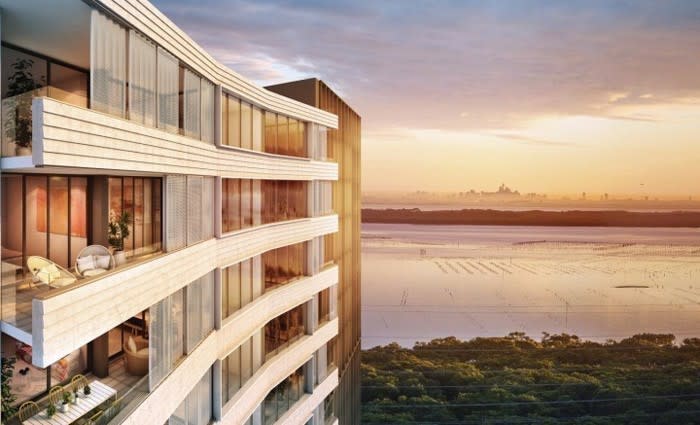The design dividend: First-class designs make apartments the home of choice for many buyers
Choosing an apartment that is best suited to your personal lifestyle or investment goals is now about much more than just price.
Apartments today deliver an ever more urbane choice, where buyer demand has lead to a revolution in quality and design. As discussed in my last post, the shift in user demographics plays a major role and for many people apartments clearly tick the box for quality, design excellence and innovation. But this has not been achieved overnight.
Apartments from the 1970s may well reflect what is sometimes described as ‘the decade that taste forgot’. The 1970s brought us open plan living, colour – think Orange and lime green – terracotta tiles, shag pile wall to wall carpets, big windows, indoor plants and one trend in particular, the use of exposed brick that still dominates some areas of our near city suburbs.
In the mid 1970’s apartment prices in Sydney hovered near $22,000 a decade later $66,000 and then in 1993 apartment prices started to rise and demand also increased for what was starting to become a more all-embracing product. Today the median price for a two bedroom apartment is around $850,000 but these bear no relation to any 1970s ancestor.
But even though some apartments can typically still cost less than a similar-grade house (although that gap is fast closing), in 2014 price alone is not the main consideration driving demand. While the decision to buy a particular type of dwelling is tied to demographics, shrinking household sizes, our ongoing housing shortage and a growing population are all factors.
The reality is that today, apartments are the home of choice for many people and first-class design, I think, is one key reason that can over-reach issues of affordability.
In February 2000 the then New South Wales Premier Bob Carr criticised the quality of the design of residential flat buildings. He challenged architects, the development industry and Local and State governments to do better.
“Australians can lead the world on how to balance urban densities with environmental comfort … The government, with councils, developers and architects, must work together on how to lift our game and create better, more liveable and sustainable suburbs.” (Premier Bob Carr, Sydney Morning Herald, 16 Feb 2000.)
Now almost 15 years after Bob Carr made those remarks has the industry faced up to his model and has the challenge been met?
I think we are well on our way to meeting, and in fact going past the ambitions. There will always be pressures to deliver enough housing in a high-growth future. But we also need to ensure that developments are well located and history shows that the arrival of new projects in some areas is not always welcomed.
However, this should not be allowed to frustrate or diminish the quality of medium or high-density residential buildings. In fact just the opposite. Because as design and quality improve new developments can add value to an area, boosting local demand and delivering sought after homes.
New apartments in our sought after suburbs are in high demand but there is only a limited supply of land, as for example, former commercial and industrial sites are regularly transformed. Understanding that sites are increasingly rare developers are now more than ever aiming to deliver exceptional projects to the market, from a marketing perspective I know that buyers now have ever higher expectations, and rightly so.
Picture of Woolooware Bay development: Supplied.
You can read Peter's discussion with Woolooware Bay architects, Kevin Driver and Angus Henderson from Turner Architects at Peter's blog, Project Agenda.
